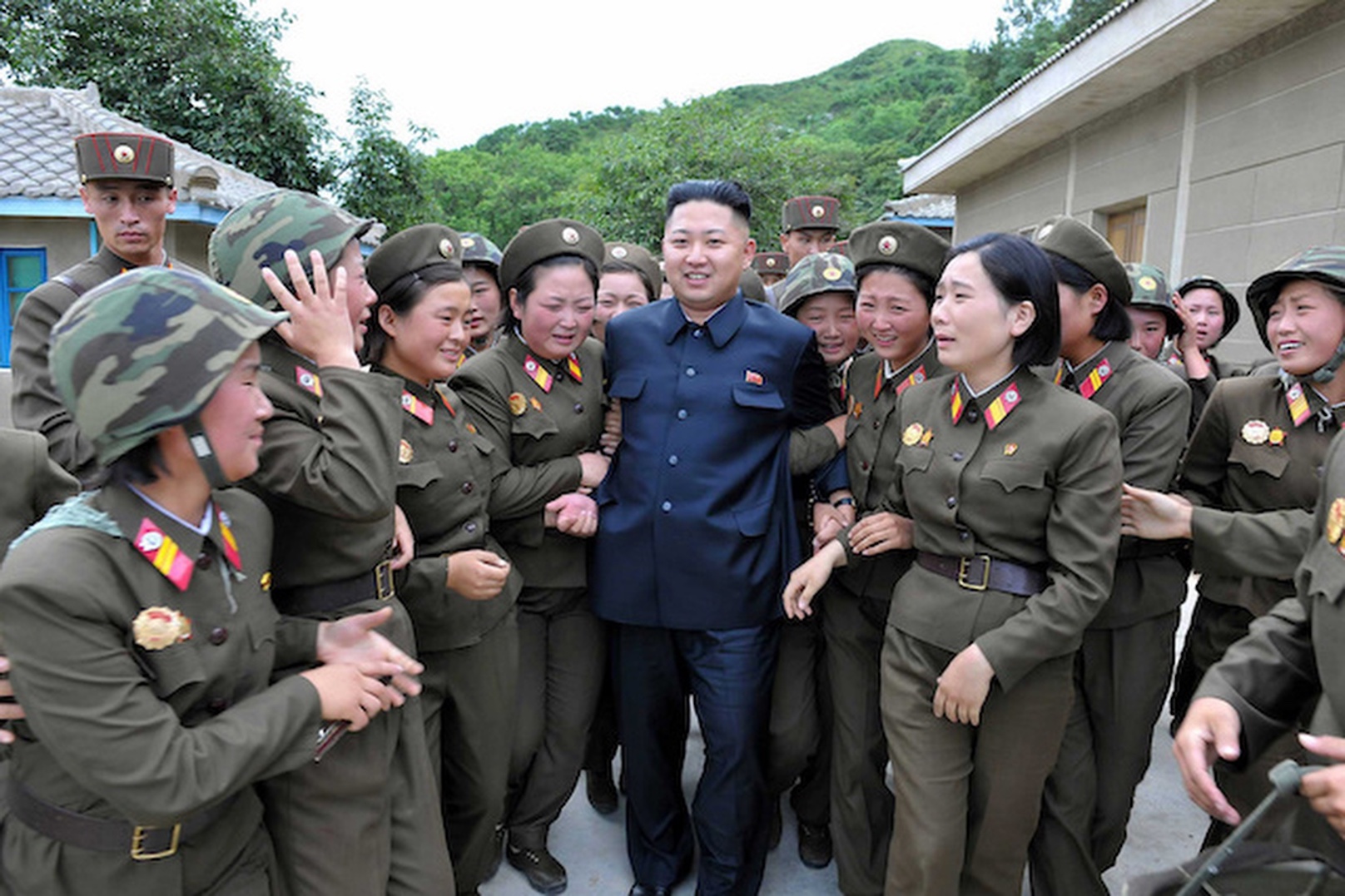Just over 10 years ago, North Korean defector Lee Da-eun would not have imagined munching on fried chicken topped with gooey cheese, at a faux-military restaurant surrounded by ammunition and gas masks. Back then, she was more familiar with slaughtering a chicken or holding a real gun, working for the North Korean military.


